Always think about the family that was left behind when someone died? Were there children who would have needed looked after? Was there a spouse who would have needed some assistance? Was there an adult child who would have been unable to look after themselves? Who would have been nearby to help these individuals? Were there court records, guardianships, or other records resulting from issues when the person died?
The trip my relatives took to visit family in Minnesota made not one, but two, local news columns in the newspaper published in a nearby town. Two separate issues of the Warsaw [Ilinois] Bulletin contained references to the trip. Not surprisingly there were differences between the two references: The two references also indicate the importance of mixing up those search terms when attempting to locate newspaper references. Fannie Neill’s name was usually spelled “Fannie” instead of “Fanny” and a search for “Charles” will not locate the reference to “Chas.” That must have been a cold drive to Minnesota during the winter time in 1931 or 1932.
I am giving online presentations on these three topics next week. Check out our announcement page and attend live or pre-order a recording.
One of the things I find occasionally mentioned in the gossip columns of the weekly newspapers published where my family lived are references to trips they took to visit out-of-town relatives or times when out-of-town relatives came to visit. I decided that it might be a good idea to keep a spreadsheet of these trips (with columns for who travelled, when, where, source of trip information, and miscellaneous details). Why spend time doing this? Because these trips are often when photographs get taken and knowing who visited whom and when may help with some of that photo identification. And who knows what else it may help with?
When evaluating information, genealogists usually categorize that information as primary or secondary in nature. The difference is not just academic. The 1937 military application headstone card for John Ehmen indicated that he died in Galesburg, Knox County, Illinois, on 12 November 1864. Ehmen’s compiled military service record contains two contemporary documents indicating he died on that same date in a military hospital in Quincy, Adams County, Illinois. The headstone application card’s death information would be considered secondary since the application was made in 1937 and the information was likely copied from somewhere–it certainly is not a contemporary record. The death information in the compiled military service record is listed on two separate original documents created shortly after Ehmen’s death (one is a hospital record that indicates his treatments […]
This is one of those charts that I find helpful when reviewing my DNA test results. It’s a chart of marriages where one person is an ancestral sibling (no further back that great-great-grandparents) and their spouse is also a relative. Double connections can frustrate DNA results. I can remember most of the aunts or uncles who married a relative, but the relationship of the spouse occasionally eludes me and this chart saves me the time of looking it up repeatedly. The chart is not detailed, but there’s enough information in it for me and that’s what matters. I also realized in seeing it while writing this post that I forgot to list my great-grandmother Ufkes’ sister who married a relative of my great-grandmother Habben. Reviewing things that have […]
Have you thought about keeping a list of place names you encounter in a specific geographic area so that you don’t have to search for them every time you find a reference to them? I have several maps for the county where I grew up and for various other areas where family members lived. When looking at maps for one specific area, many have the same place names listed. But there is some variation in which place names are on which map, depending upon the time period and the purpose. I’ve also encountered references to place names in newspapers and other print sources. A list of place names in a specific region, their location (as specific as I can get), the time period, and the source of the […]
Today you can still save $10 on More Genealogy Tip of the Day our second book. The announcement says just 2 March, but we’re extending it through the 4th for readers of our blog. Details here.
There’s only so much time and one has to prioritize where they are likely to get the most bang out of their genealogy time. That’s where I tend to put DNA matches like this one. Not because of just one reason, but really because of three. We only share 9 centimorgans of DNA. This means, probabilistically speaking, that the match shares nothing closer than a set of third great-grandparents. That’s not bad and it’s not the real problem. We also have no shared matches. That gives me no way to put the match into a pull or cluster of other shared matches whose common ancestor is known or reasonably known. There is no linked tree and the public tree the account has is lacking in details. In terms […]
Your ancestors did not have to “prove” anything when the census taker came to the door. They could get by just answering the questions and if the answers were totally wrong or just a “little off,” the census taker might not even know. This does not mean that every census enumeration is wrong or that everyone lied on the census. But it does mean that an age that is slightly off or a birth place that isn’t quite right is not usually enough to throw an entire theory out the window. But then again, there’s always that chance that great-great-grandma fudged the number of years married to make a few things fit–for those census records that asked that question.
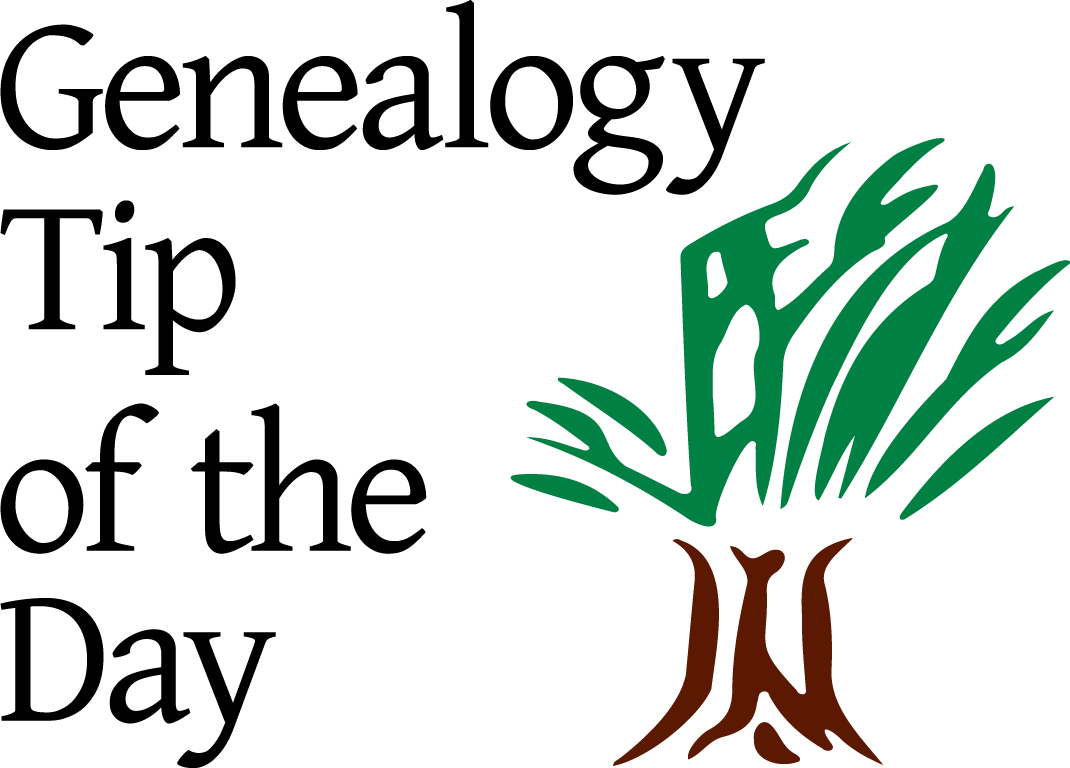
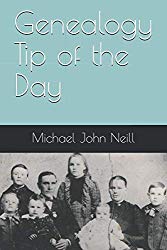
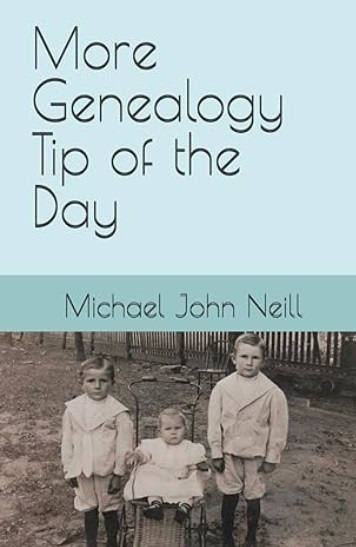


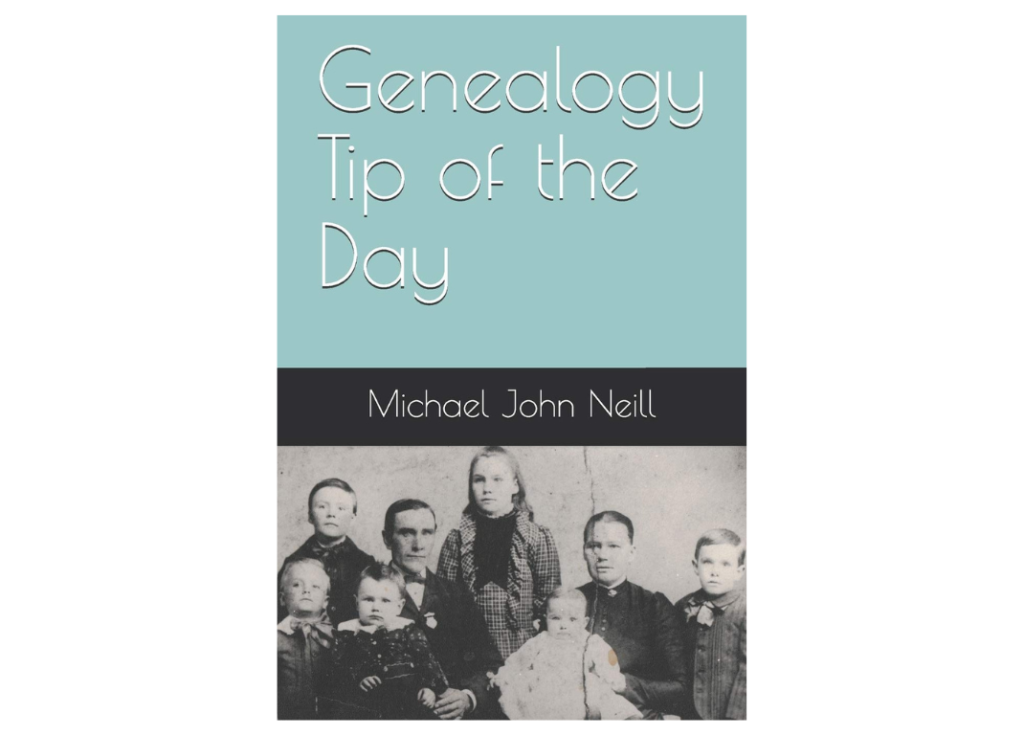
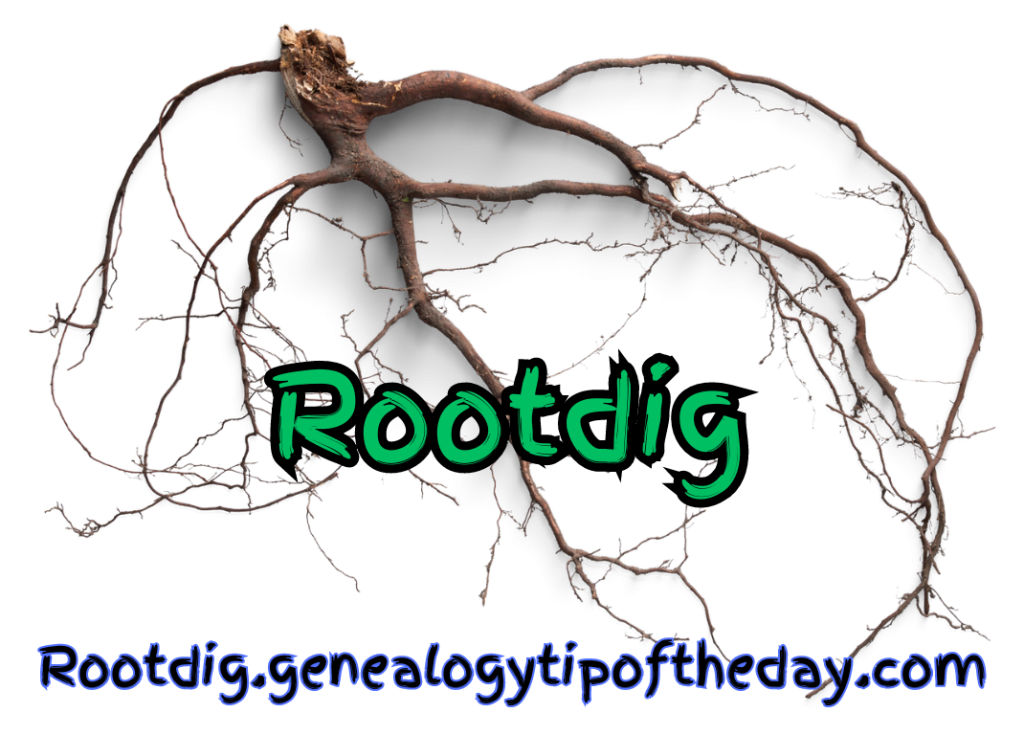

Recent Comments